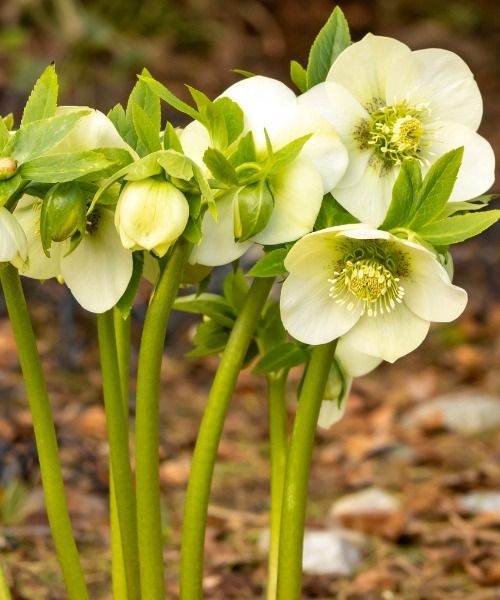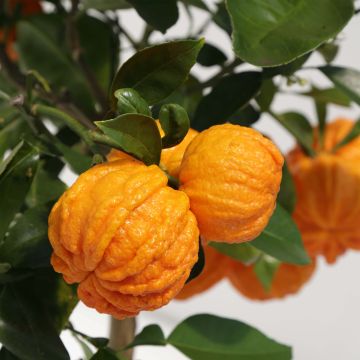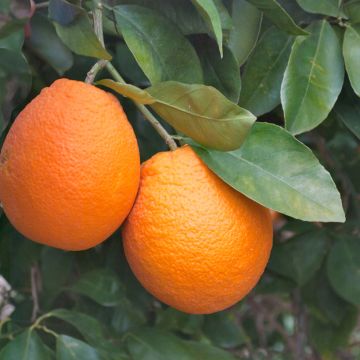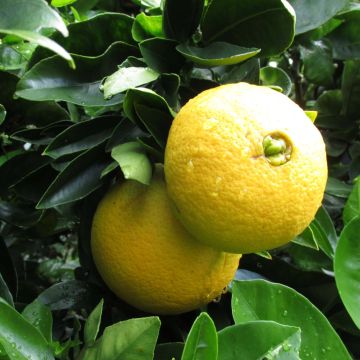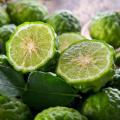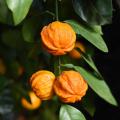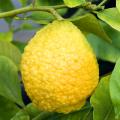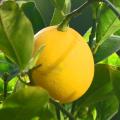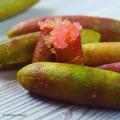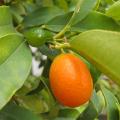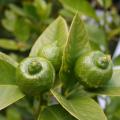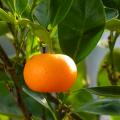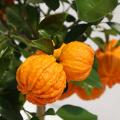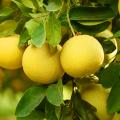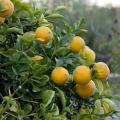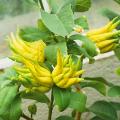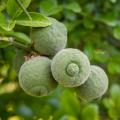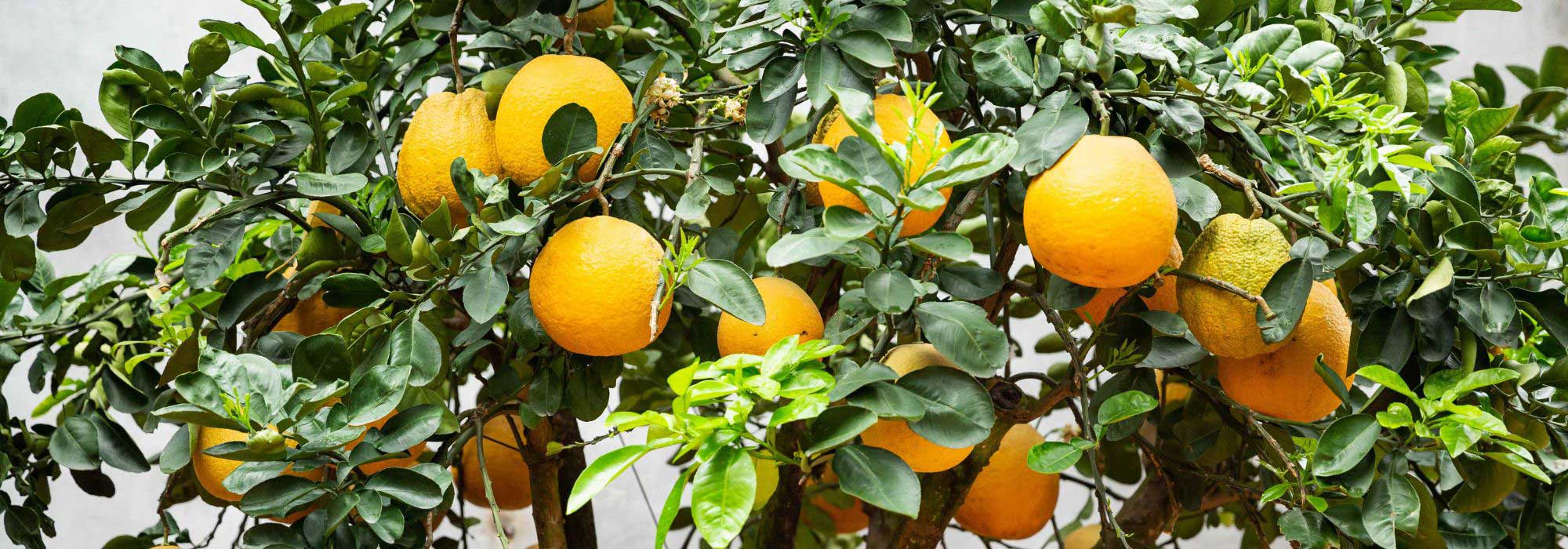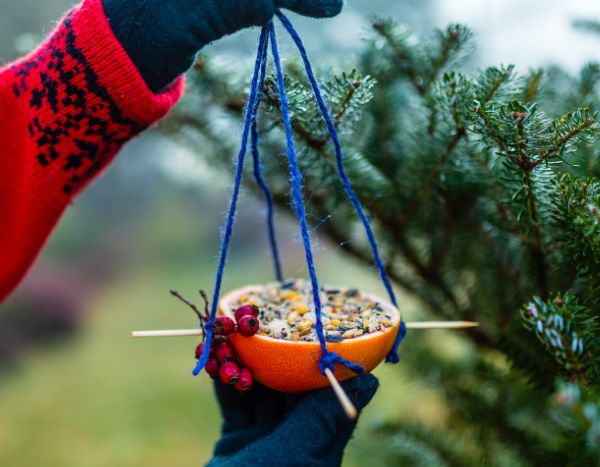Orange trees
Does this plant fit my garden? Set up your Plantfit profile →
Available in 1 sizes
Available in 3 sizes
Available in 1 sizes
The Orange Tree, in Latin Citrus sinensis, is a beautiful citrus tree with a rounded silhouette, famous for its divinely scented flowering and its large fruits known for their high vitamin C content. This tender little tree from the Rutaceae family, originating from Southeast Asia, was introduced to the Mediterranean shores in 1000AD by the Arabs.
It can only be grown in open ground in the mildest coastal regions, but adapts well to container cultivation, which allows it to be protected from frost in winter. The Orange tree blooms from March to July and bears fruit from November to March. There are three main categories of oranges: the Navels such as Washington Navel, recognisable by the protrusion of the umbilicus, forming a small ball at the top of the fruit, very low in seeds, the blond oranges known as 'juice oranges' including the famous 'Valencia Late', and finally the blood oranges with juicy and tangy flesh more or less tinged with red. Also, the bitter orange or Seville orange (Citrus aurantium) is a beautiful bush that is more resistant to frost and tolerates limestone well, but whose very bitter fruits are inedible as they are: however, they are extremely aromatic and used to make delicious marmalades. Here is our selection:
Haven't found what you were looking for?



































